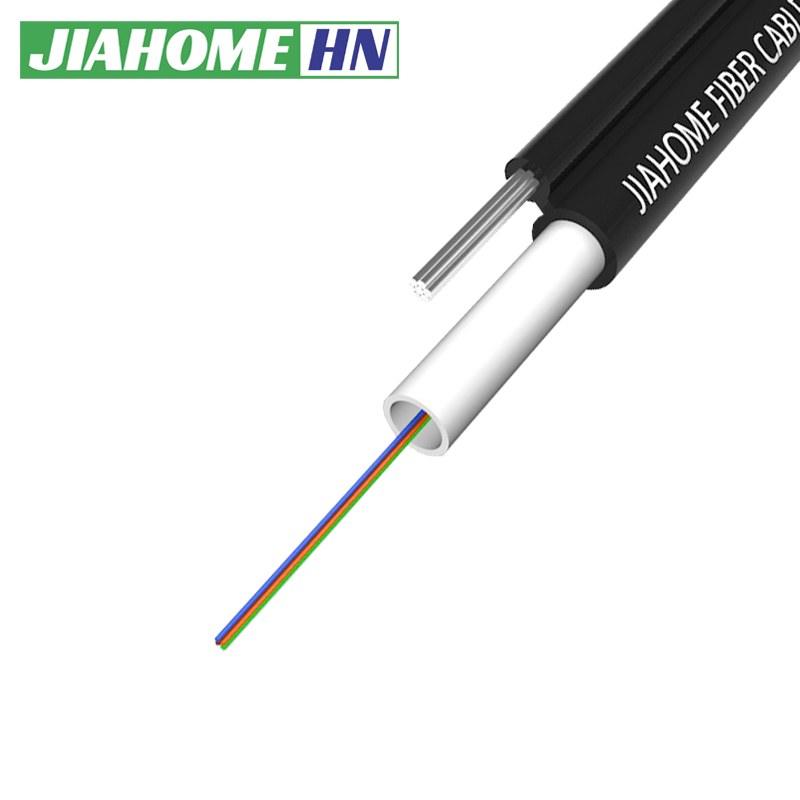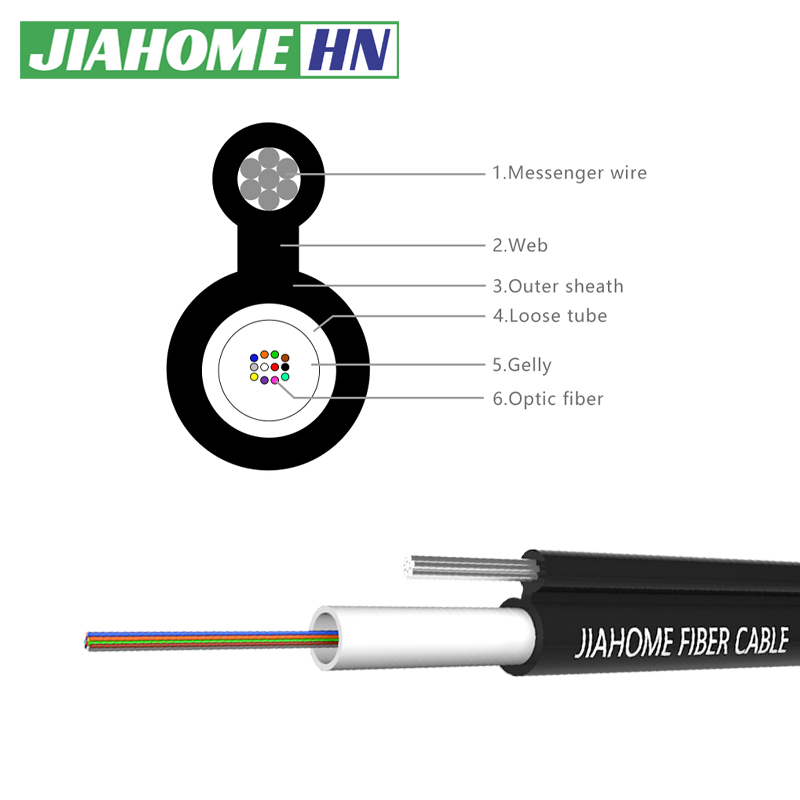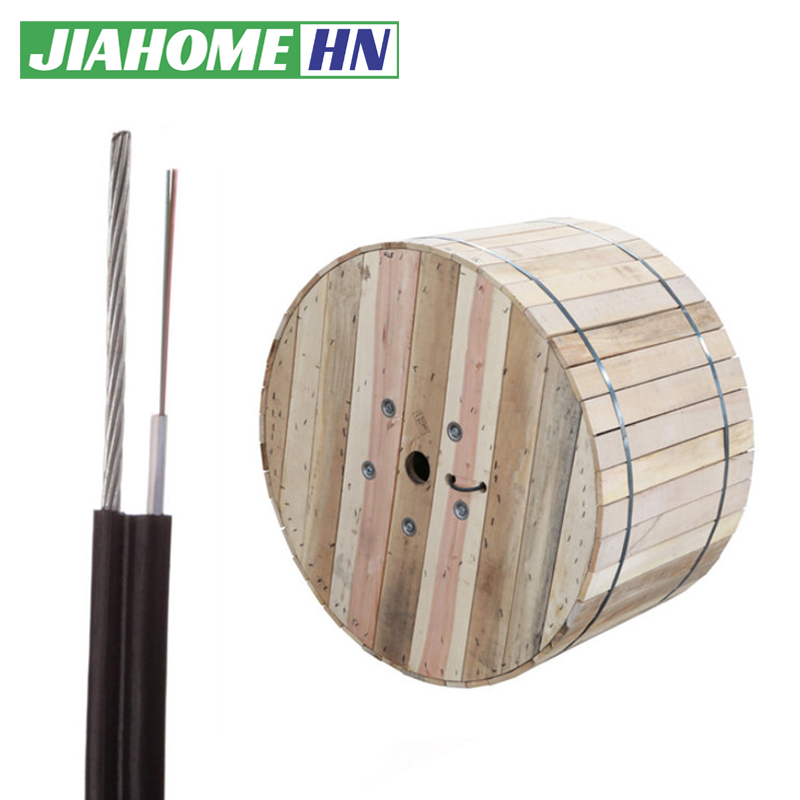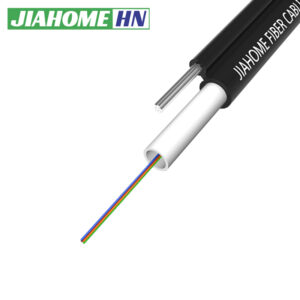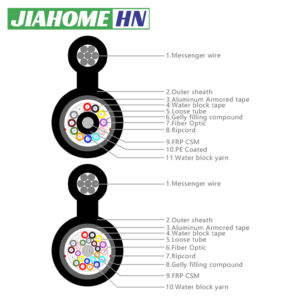GYXTC8Y Fig 8 Unitube Armored Fiber Optic So2 9/125 12core
Tube: Unit tube single mode
Water block: Gelly filling compound in tube and water block yarn and water swellable tape triple protection
Reinforcing: High modulus Steel Armored tape
Sheath: UV stabilised polyethylene in
Messenger wire: High strength 7strands Galvanized steel wire
描述
12 core Fig 8 fiber optic cable is used in aerial installations for telecommunications and data transmission. The “Fig 8” designation refers to the cable’s cross-sectional shape, which includes both the fiber optic bundle and a steel or metallic messenger wire that forms the figure-eight shape.
Applications of 12 Core Fig 8 Fiber Optic cable:
- Aerial Installations: Primarily used in aerial deployments where the cable needs to span long distances between poles, often in telecommunications and broadband networks.
- Telecommunications: Suitable for high-speed data transmission in telecommunications networks, supporting various applications such as internet, voice, and video services.
- Broadband Networks: Widely used in broadband networks, including FTTx (Fiber to the x) deployments, where reliable, high-capacity connections are required.
- Rural and Suburban Networks: Ideal for rural and suburban areas where overhead cable installation is more practical than underground cabling.
Key Features of 12 Core Fig 8 Fiber Optic Cable:
- 12 Optical Fibers:
- The cable contains 12 individual optical fibers, which can be single-mode or multi-mode depending on the application. These fibers are used for transmitting data at high speeds over long distances with minimal signal loss.
- Fig 8 Structure:
- The cable has a figure-eight shape, with the top part housing the optical fibers and the bottom part containing a steel or metallic messenger wire. This design allows the cable to be self-supporting when installed aerially.
- Messenger Wire:
- The built-in messenger wire provides the necessary tensile strength to support the cable over long spans between poles or other structures. The wire is usually made of galvanized steel or another strong metallic material.
- Central Loose Tube Design:
- The optical fibers are typically housed within a central loose tube that is filled with water-blocking gel or powder. This protects the fibers from moisture, mechanical stress, and environmental factors.
- UV-Resistant Outer Sheath:
- The cable’s outer jacket is usually made from UV-resistant polyethylene (PE) or another durable material that can withstand prolonged exposure to sunlight and other weather conditions.
- Water and Moisture Resistance:
- The loose tube and outer sheath provide protection against water ingress, ensuring reliable performance even in damp or rainy environments.
- Crush and Impact Resistance:
- The cable is designed to resist crushing and other mechanical impacts, making it suitable for outdoor installations where it might be exposed to physical stress.
In the GYXTC8S/GYXTC8Y cable, single-mode/multimode fibers are positioned in the loose tube, which is made of high modulus plastic materials and filled with filling compound. PSP is longitudinally applied around the loose tube, and water-blocking materials are distributed into interstices of it. This part of cable accompanied with the stranded wires as the supporting part are completed with a PE sheath to be a figure-8 structure.
